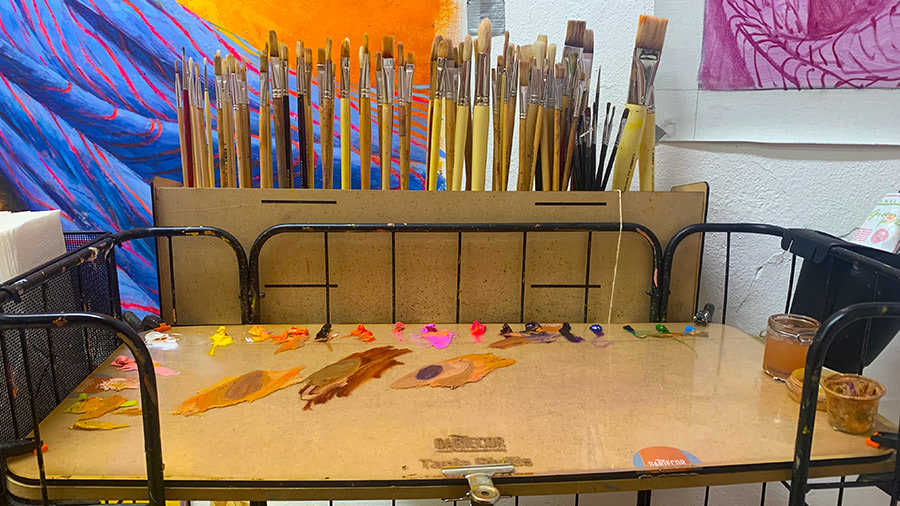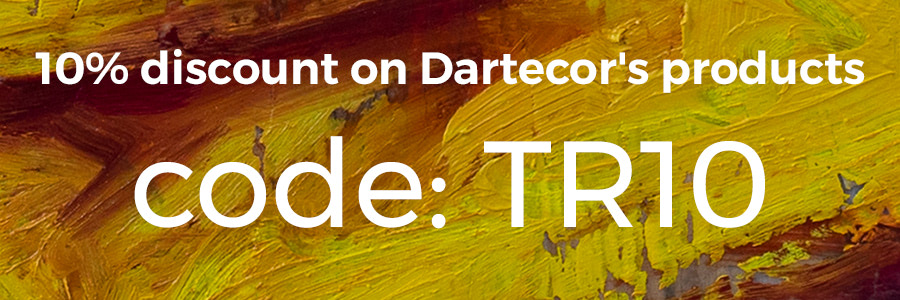Maximizing Art Tools Techniques for Everyday Use
Art Tools Techniques are an integral part of the creative process for artists. Navigating the vast sea of tools available can be daunting, but with the right techniques, any artist can maximize their toolkit’s potential. Here’s a guide to making the most of your art tools every day.
The Power of Proper Tool Use
Every artist, regardless of their medium or specialty, has encountered the dilemma of choosing the right tool for a particular task. But as those familiar with the intricacies of art know, it isn’t just about having the right tools but knowing how to use them.
A Deeper Dive into Art Tools Techniques
Let’s delve into some art tools that are frequently used, their techniques, and how to optimize their use for everyday art creation.
- Pliers: While seemingly a simple tool, the plier offers multi-functional utility. It aids in squeezing tubes efficiently to ensure no wastage, especially when it comes to oils. It’s also adept at opening sealed items, eliminating the risk of potential injury.
- Wire Cutters: This tool is ideal for ensuring you get every drop of oil out of its container. By cutting and squeezing, you can avoid waste and get the most out of your products.
- Sharp Light Palette Tools: Sometimes, you need to remove oils from a palette or even apply them directly to a canvas. A tool with a sharp light ensures precision and ease in these tasks.
Storage Techniques for Preserving Your Materials
Art tools and materials can be expensive, and preservation is essential. Some innovative storage techniques include:
- Tissue Paper Storage: Instead of discarding tissue paper that comes with purchases, it can be repurposed in the art studio. Having it handy means you always have a means to clean or dab without any additional expense.
- Jar Storage: Empty jars, even something as simple as a soy sauce jar, can be great for preserving leftover oils. Sealed tightly, these jars can ensure that the expensive oils don’t dry out, making them usable the next day.
If you’re keen on enhancing your workspace’s efficiency, consider reading up on the use of palette stands in the studio or exploring the benefits of a dedicated palette stand.
Exciting news for art enthusiasts! Dartecor is offering an exclusive 10% discount on their top-tier products. Use code “TR10” at checkout for quality art tools. Elevate your artistry with Dartecor’s premium collection. Don’t miss out!
Conclusion
In the realm of art, tools aren’t just instruments; they’re extensions of the artist’s will and creativity. The way an artist interacts with their tools can profoundly impact the final piece. Taking the time to understand and maximize each tool’s potential ensures that every drop of paint, every stroke of the brush, and every squeeze of the tube is purposeful and effective.
To witness these techniques in action and explore a range of inspiring artworks, consider visiting Tania Rivilis’ artworks collection.

FAQ
Q1: What are the key art tools every artist should have?
A1: Every artist should have a set of basic tools such as brushes, palettes, pliers, wire cutters, and various mediums. The specific tools might vary depending on the artist’s medium and style.
Q2: Why is it essential to maximize the use of art tools?
A2: Maximizing the use of art tools ensures efficiency, reduces waste, and helps artists get the most out of their investment. It also allows artists to unlock their full creative potential by utilizing the tools to their utmost capabilities.
Q3: Can I use household items as art tools?
A3: Absolutely! Many artists repurpose household items like jars for paint storage or tissue papers for dabbing. It’s all about creativity and making the most of available resources.
Q4: How can I ensure the longevity of my art tools?
A4: Proper maintenance and storage are crucial. Clean brushes and tools after each use, store paints and oils in sealed containers, and ensure your tools are kept in a dry place to prevent rusting or degradation.
Q5: Where can I learn more about effective art tool techniques?
A5: There are various online resources, workshops, and courses that offer insights into art tool techniques. Websites like Tania Rivilis also provide valuable insights and tips on maximizing the utility of your art tools.

